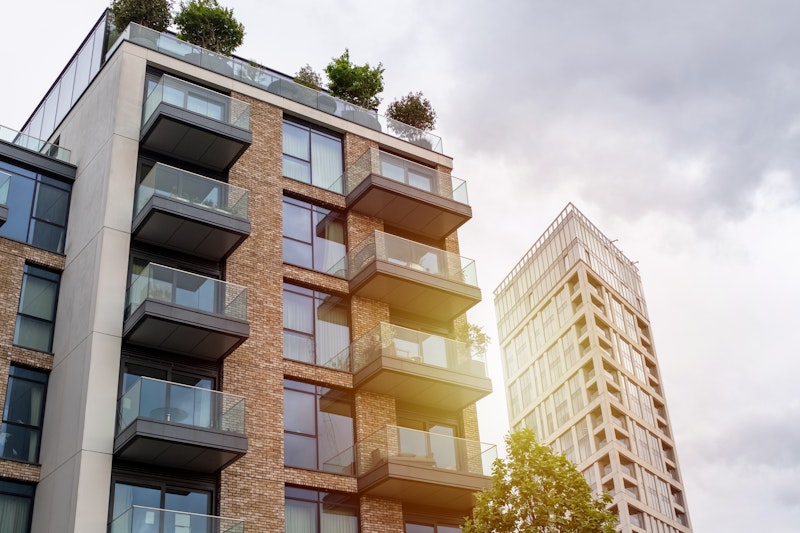Building Safety Act: Remediation Orders - Can the Tribunal order more than the applicant has applied for and Is a roof garden a storey?
News | 24 June 2025

- Written by
- Andrew Harbourne, Consultant
On 28 May, the Upper Tribunal (Lands Chamber) (the UT) gave judgement in the case of Monier Road Limited v Blomfield and Others, which was an appeal against a decision of the First Tier Tribunal (the FTT) in relation to adjoining blocks of flats in London.
In a Remediation Order, can the FTT require more works than the applicant asked for?
The FTT had granted a Remediation Order under s123 of the Building Safety Act 2022, against the freeholder, Monier. There was no dispute about the principle of the Remediation Order but there was about what it required.
The leaseholders had applied for a Remediation Order based on the recommendations of a Fire Risk Assessment for External Walls (FRAEW) obtained by Monier. The FTT included on its bench, a fire safety expert. The FTT decided that the recommendations of the FRAEW did not go far enough and ordered the carrying out of considerable additional fire safety measures.
It did so on the basis that the FTT can, in certain circumstances, raise matters of its own volition. However, the UT held that the FTT went too far in this case: the FTT had “stepped into the arena of dispute” by taking sides. Also, in the UT’s judgement, “the Building Safety Act 2022 does not require or enable the FTT to conduct a building safety audit, which is what it did here.”
Even if it was appropriate for the FTT to raise additional remediation requirements to those set out in the FRAEW, it had not dealt with them appropriately. It should have raised them with the parties and left the leaseholders to decide whether to ask the FTT for permission to amend their case to include them. Monier would then have had an opportunity to argue that the leaseholders should not be permitted to amend their case.
Is a roof garden a storey?
This question mattered because, if the roof garden on this scheme does count as a storey, then the buildings would be seven storeys high and so rank as Higher Risk Buildings. That would make them subject to all the additional requirements put on Higher Risk Buildings by the Building Safety Act.
The FTT decided that it did not have the right (the jurisdiction) to decide this point but was of the opinion that the scheme did rank as a Higher Risk Building and that it should be notified as such to the Building Safety Regulator and an “accountable person” should be appointed for fire safety management. The UT agreed that the FTT had no jurisdiction to decide whether or not the roof garden counted as a storey and therefore did not understand why the FTT’s judgement considered the matter at all. The UT gave no opinion of its own on this issue.
Even if the FTT did have jurisdiction to decide whether a roof garden can make a building a Higher Risk Building, its decision would not be binding on other courts or tribunals.
We remain, therefore, uncertain whether a roof garden can count as an additional storey and turn what would otherwise be a 6 storey building into a 7 storey Higher Risk Building. Government guidance is clear that a roof garden should not be regarded as an additional storey. However, the relevant Regulations are certainly not clear on this point and it may be that the government will amend them.
Related News & Insights
-
Rooftop development: Issues for property developers and investors to think about
Articles | 8 October 2025
-
Major reform ahead for commercial leases - Proposed ban on upwards only rent reviews in new leases
News | 11 September 2025
-
Thackray Williams Real Estate Partner Yildiz Betez features in the Estates Gazette discussing the changing psychology of shopping
Articles | 2 September 2025
-
Rising star Mustafa Sidki
Articles | 21 August 2025













